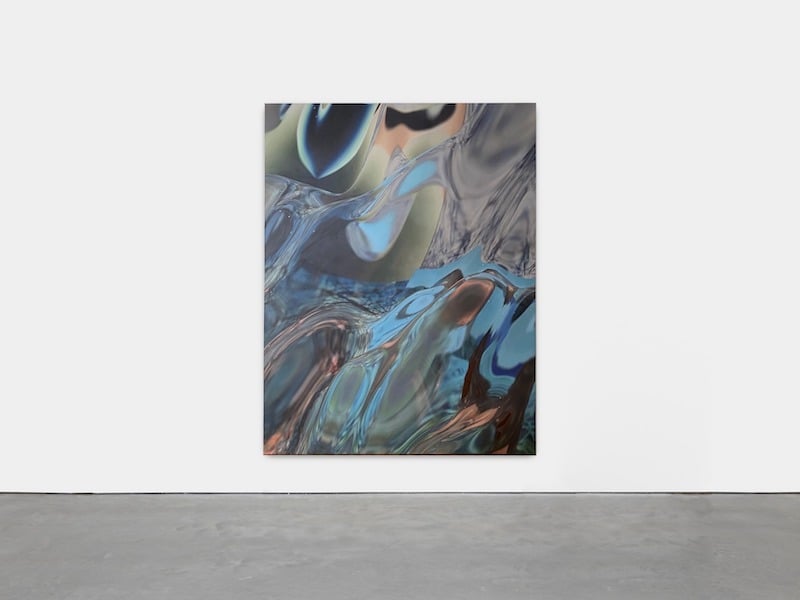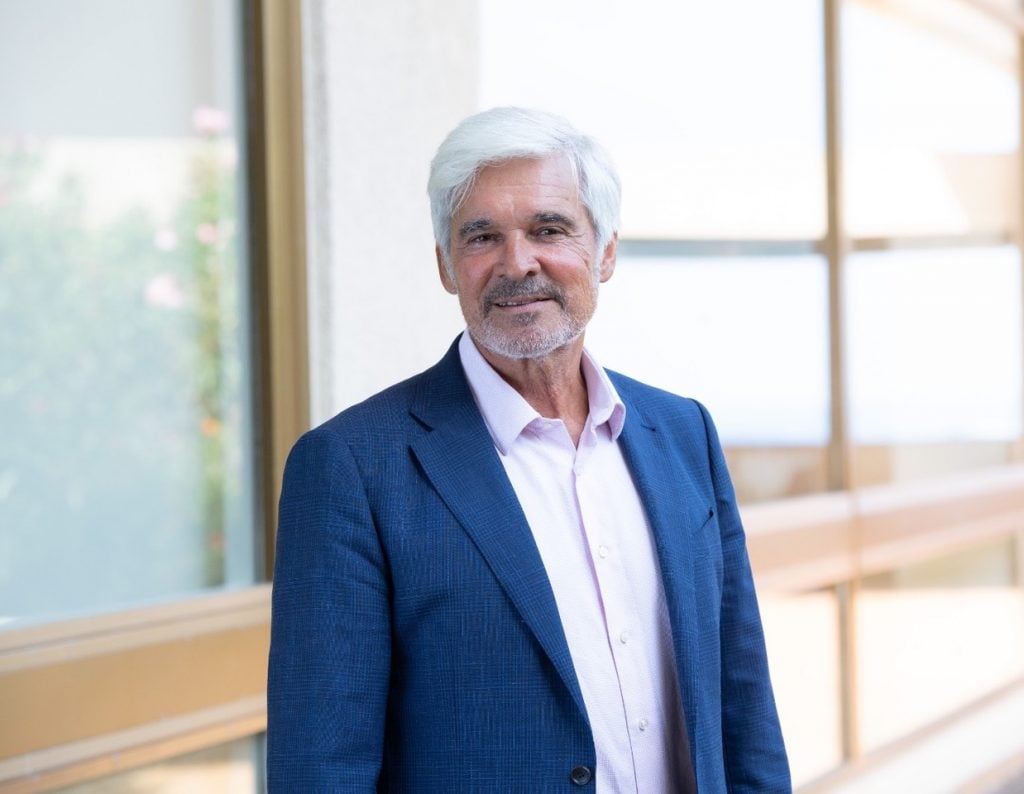After building up his collection over the years, the Saudi Arabia-based, Swiss-born art collector Pierre Sigg decided to embark on something more similar, but not quite the same.
The investor and consultant, who focuses on real estate, hospitality, and tech, will soon open a foundation in the form of a prestigious artist residency between the Middle East and Europe.
Opening in January, the Sigg Art Foundation will host a program of artist residencies, including in Al-Ula, the ancient site in Saudi Arabia that will host Desert X this month, as well as at his family home in Southern France.
Artists with a digital focus, including Petra Cortright, Louisa Gagliardi, and Timur Si-Qin have been cherry-picked for this year’s round.
The program will highlight traditional art practices—particularly painting—that are being re-examined through the prism of digital and technological innovation.
On the occasion of his new project, we spoke with the collector about what new artists are on his radar and about why one can learn about art history through technological innovation.

Ben Elliot Perfect Painting (Blue _ turquoise) (2021). Sigg Art Collection.
What was your first purchase?
One of my first purchases was an Yves Klein painting that brilliantly reflects the search for the infinite and the immaterial. This is interesting retrospectively, if you put it in perspective with my foundation’s activities and the collection I am currently developing, which focuses on practices exploring the intersection between the digital and traditional media, especially painting.
What was your most recent purchase?
I acquired a few works in Basel including some great pieces by Louisa Gagliardi, Korakrit Arunanondchai, and Peter Schoolwerth.
Which works or artists are you hoping to add to your collection this year?
I want to keep focusing on emerging artists challenging history and its artistic heritage through the lens of digital and technological innovation. For me, this is a really under-developed field, yet so pertinent to our time. And with my foundation being launched this year, with new residency programs in Al-Ula and Le Castellet in Southern France, I’m also looking forward to seeing the works that the invited artists will produce during the course of their residencies.
I already own great works by Petra Cortright and Louisa Gagliardi, who are coming this year, and I can’t wait to meet and start exchanging ideas with the other residents Kévin Bray, Adam Cruces, Charles Arthur Feuvrier, Ittah Yoda, Nicolas Lamas, Ahmed Mater, Elsa Muller, and Timur Si-Qin.

Louisa Gagliardi Solar Stretch (2018). Sigg Art Collection.
What is the most expensive work of art that you own?
I know how much I paid for works, but I have no idea which one is now worth the most.
Where do you buy art most frequently?
I am open to buying from galleries, auctions, or privately. What matters is the quality of the work I am being offered.
Is there a work you regret purchasing?
There are some works I am less interested in, but I am still very attached to them.
What work do you have hanging above your sofa?
We have a few works by former residents of our program—Gaspar Willmann and Ben Elliot—hanging in our Southern France residency facilities, but we have also acquired works of museum scale that have to be stored. We are currently exploring solutions to exhibit some of the collection to the public through institutional partnerships.

Natacha Donzé, Atlas (2020). Sigg Art Collection.
What is the most impractical work of art you own?
I have acquired a work by Pipilotti Rist, Cape Cod Chandelier, a big installation that is very difficult to store or exhibit in our facilities. Ideally it would be installed in a museum, where it belongs.
What work do you wish you had bought when you had the chance?
Avery Singer.
If you could steal one work of art without getting caught, what would it be?
Probably Andy Warhol’s Gold Marilyn Monroe from 1962 in the MoMA collection. I would hang it somewhere I can see it everyday: in my bathroom!









